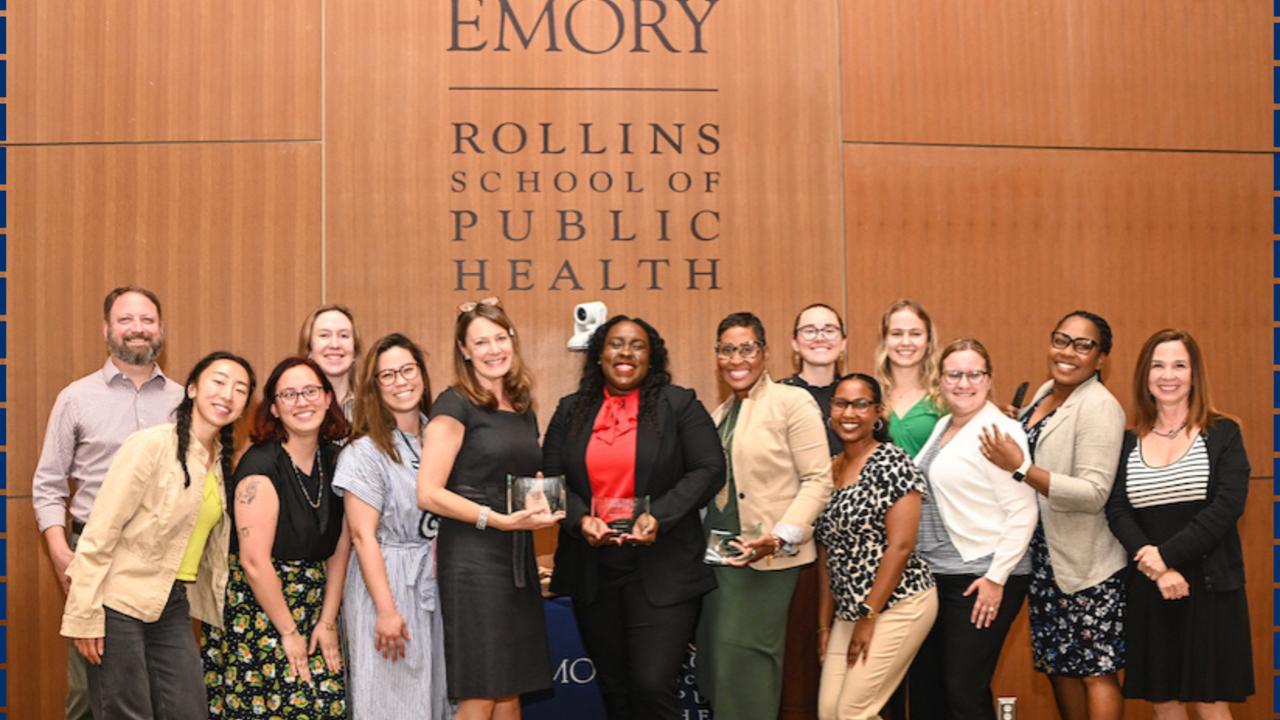William Caudle

Bio
2024: Outstanding Director of Graduate Studies
2018: Professor of the Year, Rollins School of Public Health, Emory University
2017, 2020, 2021, 2025: Excellence in Teaching Award, Department of Environmental Health, Rollins School of Public Health, Emory University
2015: NIEHS Paper of the Month (March 2015): Richardson JR, Taylor MM, Shalat SL, Guillot TS, Caudle WM, Hossain MM, Mathews TA, Jones SR Cory-Slechta DA, Miller GW. Developmental pesticide exposure reproduces features of attention deficit hyperactivity disorder. FASEB 2015 May; 29: 1960-72.
2013: NIEHS Paper of the Month (April 2013): Bradner JM, Suragh TA, Wilson WW, Lazo CR, Stout KA, Kim HM, Wang MZ, Walker DI, Pennell KD, Richardson JR, Miller GW, Caudle WM (2013). Exposure to the polybrominated diphenyl ether mixture DE-71 damages the nigrostriatal dopamine system: role of dopamine handling in neurotoxicity. Exp Neurol. 2013 Mar;241:138-47
2008: NIEHS Paper of the Year 2007: W. M. Caudle et al., (2007) Reduced vesicular storage of dopamine causes progressive nigrostriatal neurodegeneration. The Journal of Neuroscience, 27 (30): 8138-8148.
Caudle Lab Website: http://caudlelabemory.weebly.com/
Areas of Interest
- Adolescent Health/Child Health
- Toxicology
- Neurologic Conditions
- Neuroscience
Education
- BS, Colorado State University
- PhD, Emory University
- Postdoctoral Fellow, University of Washington
Courses Taught
- EH 520 - Human Toxicology
- EH 523 - Neurotoxicology
- EH 500D - Persp In Environmental Hlth
- EHS 798R - Pre-candidacy Research
- EHS 600R - Research Rotation
- EHS 790R - Research Design and Management
Affiliations
In addition to my primary appointment in the Department of Environmental Health, I am also part of the Neuroscience PhD Program in the Graduate Division of Biological and Biomedical Sciences (GDBBS), a member of the Center for Neurodegenerative Disease (CND), and have an appointment in the Neuroscience and Behavioral Biology Program in the undergraduate college. These appointments allow me to take advantage of the world-class research resources available in these departments to create a unique integration of neuroscience and toxicology and investigate the contribution of environmental chemicals to neurological disease.
______________________________________________________
For a full list of up to date publications, visit my Google Scholars page.

